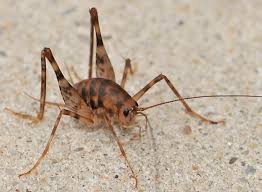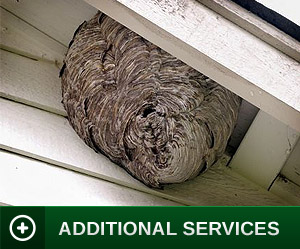 Cave crickets, also known as camel crickets and spider crickets, belong to the Family. As their name implies, these crickets are commonly found in caves, although some species also dwell in cool, damp areas such as beneath rotten logs, damp leaves and stones. Others require highly specialized environments. “Sand Treader” cave crickets are found only in sand dunes, where they burrow by day and are active at night. These cave crickets are pale in comparison to other species and are equipped with strong bristles on the back legs to enable digging.
Cave crickets, also known as camel crickets and spider crickets, belong to the Family. As their name implies, these crickets are commonly found in caves, although some species also dwell in cool, damp areas such as beneath rotten logs, damp leaves and stones. Others require highly specialized environments. “Sand Treader” cave crickets are found only in sand dunes, where they burrow by day and are active at night. These cave crickets are pale in comparison to other species and are equipped with strong bristles on the back legs to enable digging.
Cave crickets are wingless, brown in color and their bodies, not including legs, can measure up to 5 cm in length in some species. They have large hind legs and a set of long antennae, which serve as guides through their darkened environments. The cave crickets’ long limbs enable them to jump high and far. The bodies of these crickets are bent forward and appear to be humped at the back. Many cave cricket species live without sufficient food sources. Some species of cave cricket have been known to damage clothing and curtains when they invade homes.
Cave crickets may move inside when their environment becomes too hot and dry. They are not usually capable of reproducing outside of their outdoor habitats and rarely find indoor locations that are dark and damp enough to suit them. However, should a cave cricket infestation become a problem in your home, it is important to locate and eliminate all possible breeding conditions. Piles of damp wood or leaves in or surrounding the structure should be removed. The basement or crawlspace should be kept ventilated and dry, as these conditions prove unlivable to cave cricket populations. Screens on crawlspace vents and basement windows can help to keep these crickets out.




